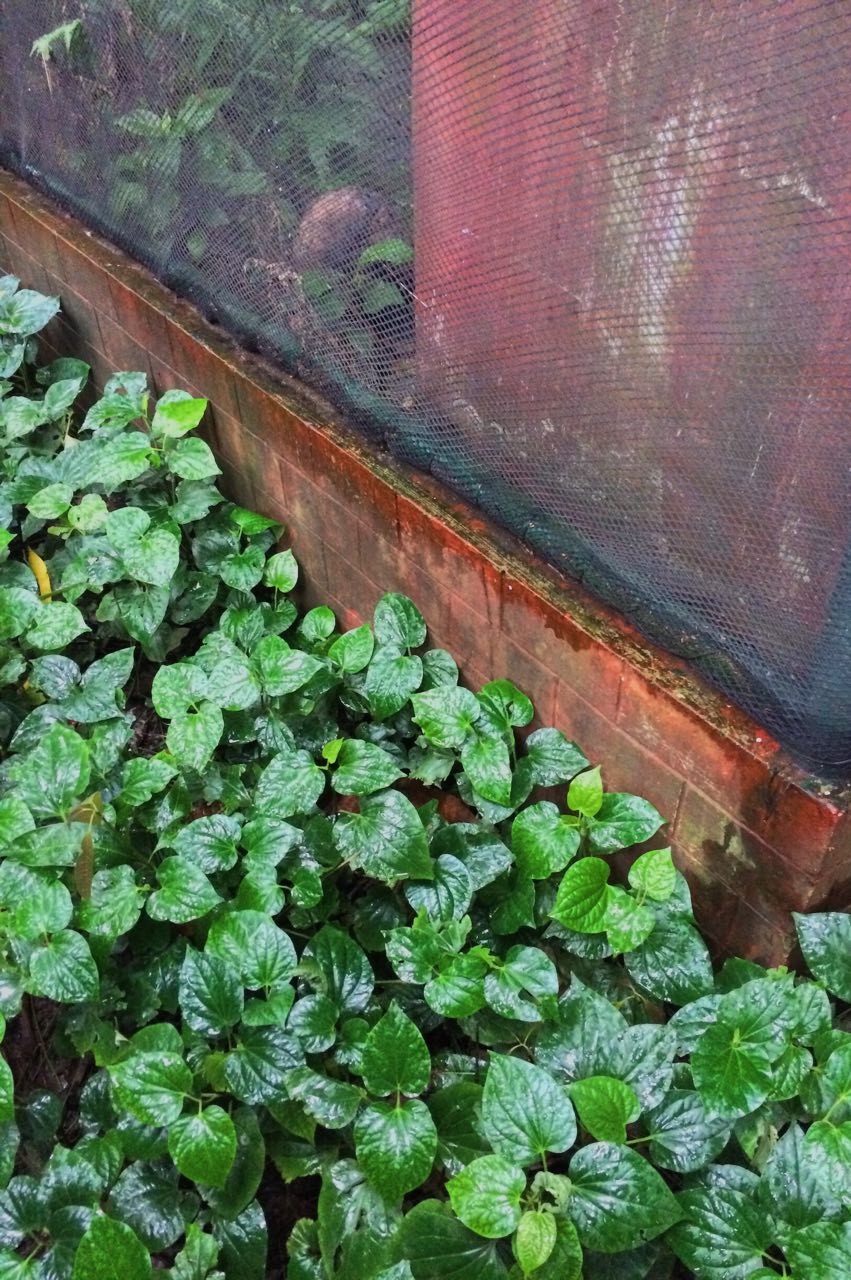College life is undeniably the best years of our lives. This is the time where we build our identities, learn valuable life lessons, and explore so many things. But I think there is one aspect of our university life that we often take for granted. That is, the nature around us.
Although we are surrounded by the concrete jungle, there is still life so much life around us. They aren’t caffeine dependent life forms like many of our batchmates, but they are living creatures that could possibly make our lives better, especially in our most stressful days.
In Japan, there is a concept called shinrin-yoku, which is popularly known as forest bathing. Basically, it’s a practice where you spend time with trees. That simple! As a result, it reduces stress and uplifts your well-being. The good news is, you don’t have to look far and wide to do this; you can engage with nature right at your campus.
Ateneo de Manila University
View this post on Instagram
A post shared by The Ateneo Wild Project (@theateneowild) on Oct 20, 2018 at 1:39am PDT
I haven’t been to the Ateneo ever. But thanks to @theateneowild, even outsiders could get a glimpse of the wildlife inside the campus. The Instagram page started blessing our Instagram feeds with native flora and vibrant fauna (migratory birds included) in August last year.
Ateneo faculty members Trinket Canlas Constantino and Abby Favis initiated the project. While they do capture some photos themselves, much of it also comes from submissions within the community. The images they post come with informative captions, making the page a great supplement to your biology class.
The Instagram page, now with over a thousand followers, re-acquaints us with living creatures that we might see in the city if we’d only be more observant. The Ateneo Wild also conducts nature walks around the campus every now and then.
University of Sto. Tomas

The University of Sto. Tomas is primarily celebrated for its exquisite architecture.But beyond the magnificent edifice, UST has its fair share of nature. Walk from the Benavides statue to the Arch of the Centuries and you’d easily find yourself surrounded with native trees—and exotic ones like rubber fig and mahogany. Then, in front of the chapel, there is a beautiful specimen of gakakan (Drypetes falcata), an small ornamental tree endemic to Batanes.
However, if you wish to walk around a shady area, visit the UST Botanical Garden. There are a couple of native trees that you can see here including towering botong (Barringtonia asiatica), dita (Alstonia scholaris), and kamagong (Diospyros blancoi). The space is also home to ornamental species like medinilla and edibles like ikmo, a form of betel.
University of the Philippines – Diliman
Just a jeepney away from the Ateneo, the UP Diliman campus is simply the best place to be when you’re up for a nature walk. I’ve visited UP for a guided walk under the Philippine Native Plants Conservation Society last year, but I also frequent the campus to collect seeds of my favorite katmon (Dillenia philippinensis)
It’s fairly easy to navigate UP Diliman when you’re there for a nature walk because there are trees everywhere.If you are particularly interested in native trees, there are two spots you can visit: The Washington Sycip Garden of Native Trees beside Cine Adarna and the Marine Science Institute. If you’d want to learn more about the UP Diliman ecosystem, you can also follow The UP Wild on Facebook.
De La Salle University
I’m a Lasallian, and to be honest, I don’t exactly know what to write here. I like our campus for the open spaces it has. I like walking the breeze of wind at Henry Sy, Sr. Grounds, but we don’t have a lot of greens. The most notable tree within the university, however, is the tree at the Marian Quadrangle, which is hailed as the Centennial Tree. This tree, if you don’t know, is a botong. Maybe spending some time under its canopy is enough to relieve stress.
Beyond terrestrial creatures, DLSU is very much involved in marine biology research. You might want to take a look at this Philippine coral catalog on DLSU’s website.
What’s your favorite tree at your school? Tell us on Twitter @scoutmagph
Art by Aira Ydette













































